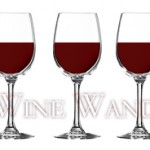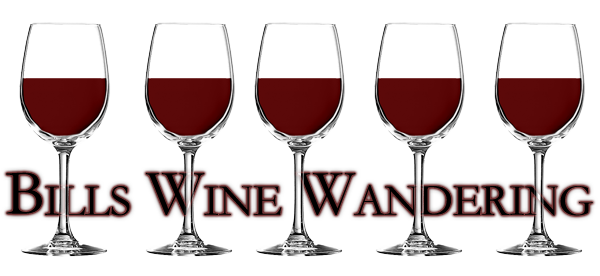

A few months ago I released a tasting notes sheet for my friends and people who follow my blog. Within the tasting sheet I had setup three categories that you will use while tasting your wine. The first is sight followed by smell and than taste. All of these categories are related to your senses that we use daily.
The first sense in my tasting sheet is labeled Sight. I think for the most part, we judge most everything by first sight. If the item looks good (food mostly), more than likely we will like it.
The same goes for wine. How many times have you wandered through a liquor store not knowing what wine you want to purchase? There is probably a varietal you like, but for the most part that’s it (unless you have favorites and belong to wine clubs). But if your like me, you want to try many wines from other winemakers across the world. As you meander down the isle looking for bottles, I would guess nine out of ten times the label on the bottle is the reason why you buy a bottle.
Well the same goes for the looks of wine in your glass….
Over the years I have researched and seen many tasting notes. Some are very simple where others are complex. What I was trying to accomplish was a sheet that you could easily fill out in minutes and refer to many months from now.
So lets look at the first sensory section in my tasting sheet, Sight.
I have created three categories from which to rate the color of the wine in your glass; Color Depth, Color Hue, and Clarity.
Color Depth
When tasting a wine, think of “color depth” as “saturation of color”, also called “Viscosity”. One can think that a wine with a greater Viscosity contains greater concentrations of color and substance, and allows less light to pass through it. It also means it is a younger wine in some cases.
As a result, wines of great depth appear darker, richer in color.
Wines with less depth may appear watery or almost transparent. Depths vary greatly depending on the varietal used to produce the wine, as well as how the wine was fermented and aged. As an example, A Petit Verdot has a dark to Inky Viscosity as a Pinot Noir’s Viscosity is more transparent. It’s almost impossible to see through a glass of Petit Verdot that is relatively young. You have to hold your glass high up to a light to be able to see through it.
Depth of color, when used as a measure of quality, typically applies to red wines, as they naturally contain more coloring, tannins, oak, and other components that can alter the wine’s depth.
Color Hue
I think for the most part we all know what hue means. This is one of the basic things we learned as children in elementary or preschool. This is what we have been taught and mean when we ask “what color is that?” The property of color that we are actually asking about is “hue”. For example, when we talk about colors that are red, yellow, green, and blue, we are talking about hue. Different hues are caused by different wavelengths of light. Therefore, this aspect of color is usually easy to recognize.
You will notice I have tried to show many of the color hues to a Red, White and Rose’ wine. I have purposely chose colors that you would more than likely see. If you want to see the many colors of various varietals of wine, Ridel has a great link. That last time I counted, I think there were around twenty identified colors.
http://www.riedel.com/index.php?article_id=357&clang=0
Clarity
Refers to the amount of undissolved matter (sediment or other) floating in a wine.
A wine with greater clarity appears purer. Light passing through a wine with great clarity appears sharp and brilliant. This is a great rule of thumb and goes for all wines, including red wines with great depth of color.
A wine with less clarity may appear cloudy or hazy when viewed in a wine glass. An older bottle of wine over time will start showing sediment around the neck and base of the bottle.
Cheers!
Facebook.com/BillsWineWandering
Twitter: @BillswineWander
